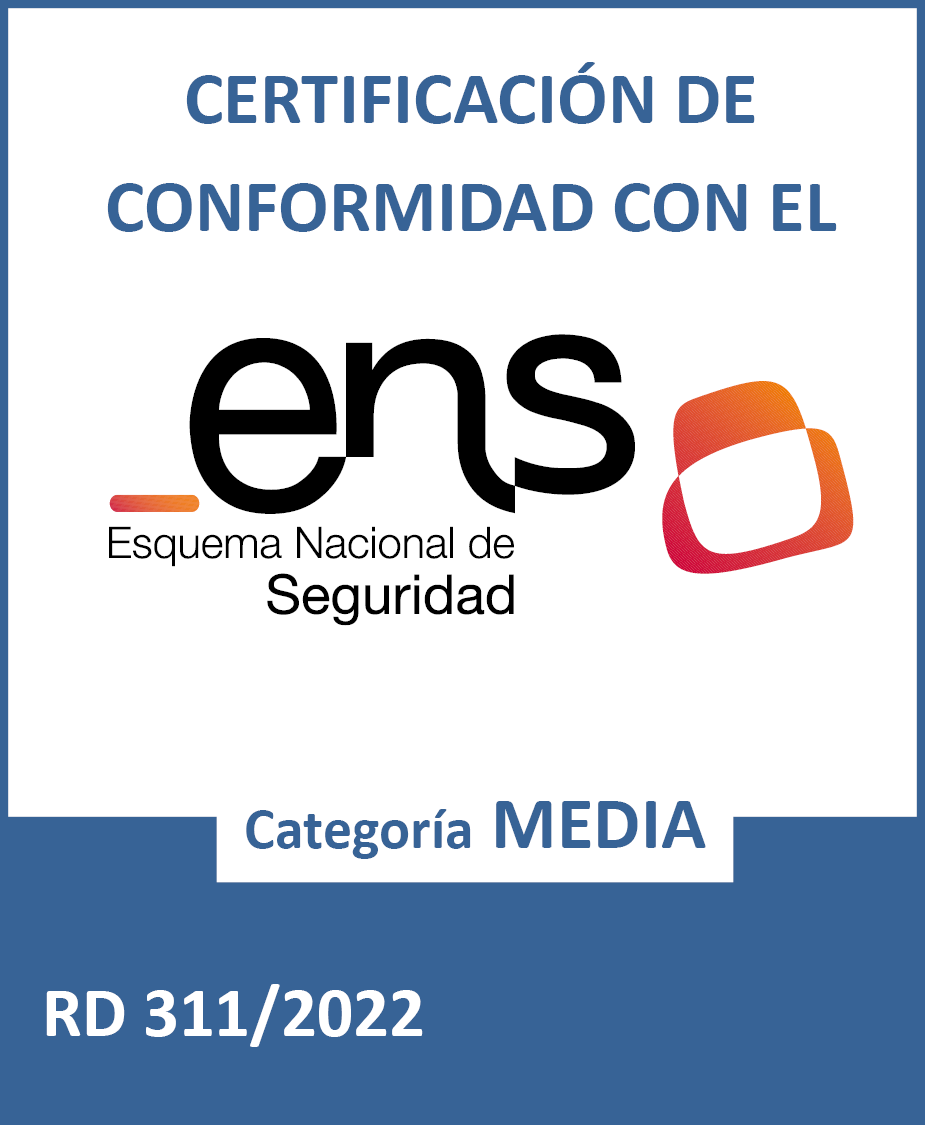The APB signs an agreement with State Ports to develop the SAMOA system
Palma
26/07/2018
The Port Authority of the Balearic Islands (APB) has joined the Samoa project, an initiative promoted by State Ports which already has agreements in place with another 24 Port Authorities. The project involves the implementation of a new and complex system for predicting oceanic and meteorological risk factors. These may help predict the path of possible accidental spillage of hydrocarbons in the interior of the ports and their anchorages. The Meteorological and Oceanographic Support System of the Port Authorities (SAMOA in Spanish), which is co-financed by State Ports and the ports of the state-owned port system, is the result of three years of development and multiple research projects carried out by State Ports and a team of institutions and companies.
SAMOA works using three key features. The State Ports measuring networks, which are able to monitor in real-time the state of the sea; the statistical prediction models, which aim to predict its evolution; and finally, ways of accessing information and generating personalised alerts for each user within the Port Authorities themselves. The developments made involve a qualitative and quantitative leap in these three aspects, given that the existing networks have been improved, more than 40 statistical high-resolution models have been developed and put into operation (to predict currents, agitation and wind inside the ports), and new software has been created which allows us to see the results, configure reports and personalise alerts, as well as use tools of added value. Among these, it’s worth highlighting the systems to predict the path of possible accidental spillages of hydrocarbons inside the ports and their anchorages.
The project has continued in a second phase, labelled as SAMOA-II, which has started in 2018 and in which additional products have been developed, such as warning systems for predicting overflow in the most exposed docks.
Over the next few years, these modules will be developed with the support of specialised contracts. State Ports, as with the previous project, will finance 25% of the investment cost of SAMOA-II. Each port has selected, depending on its needs and priorities, the modules which are of most interest.







